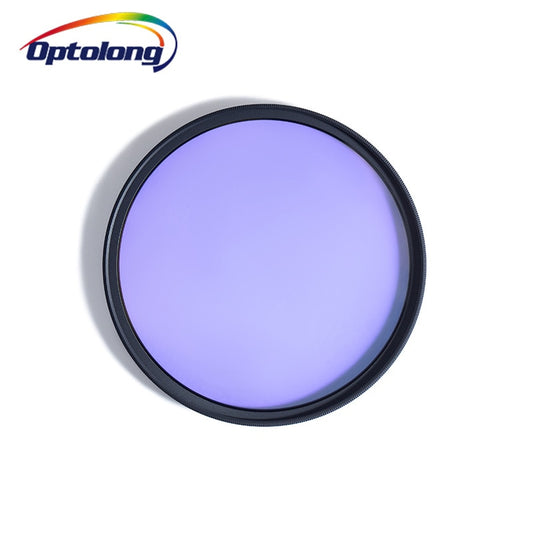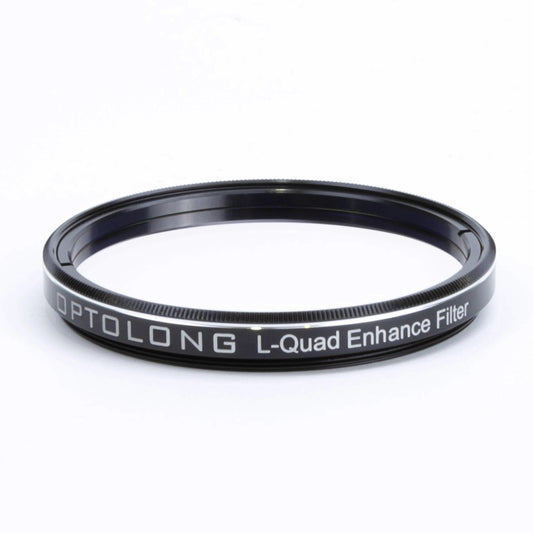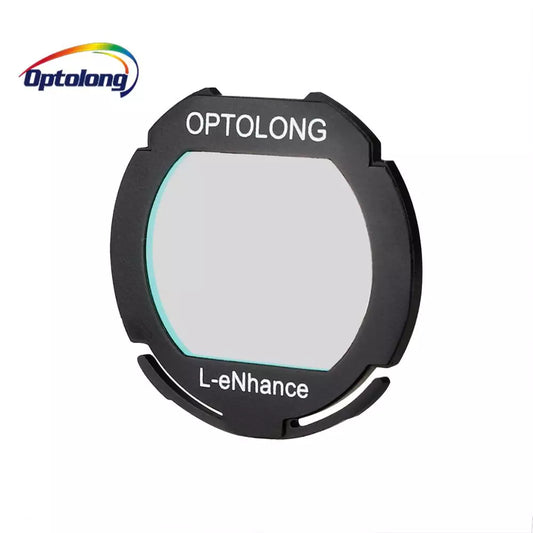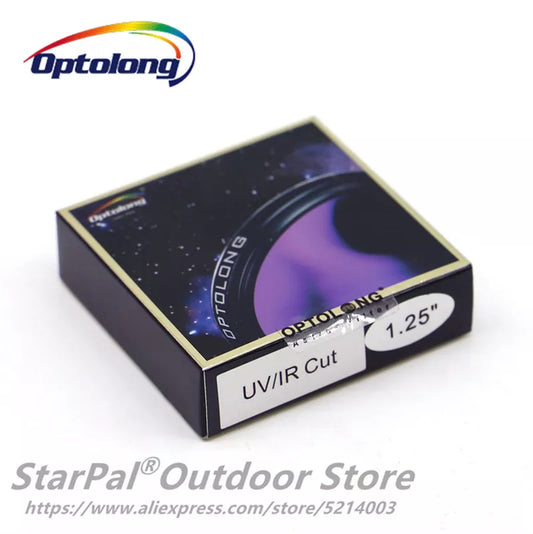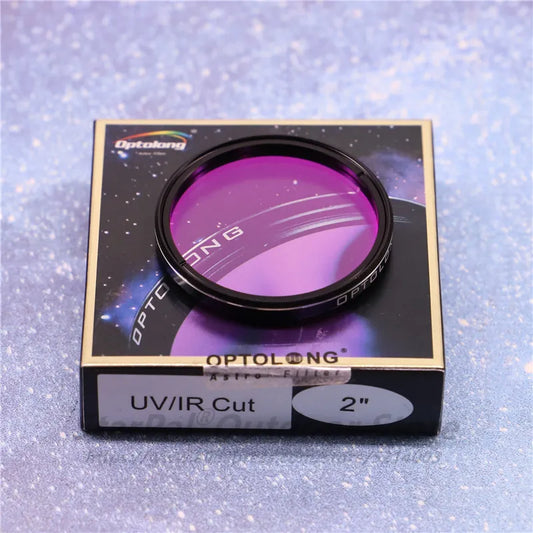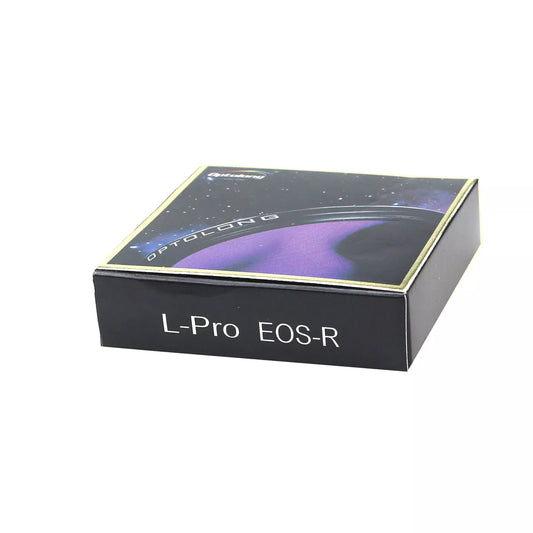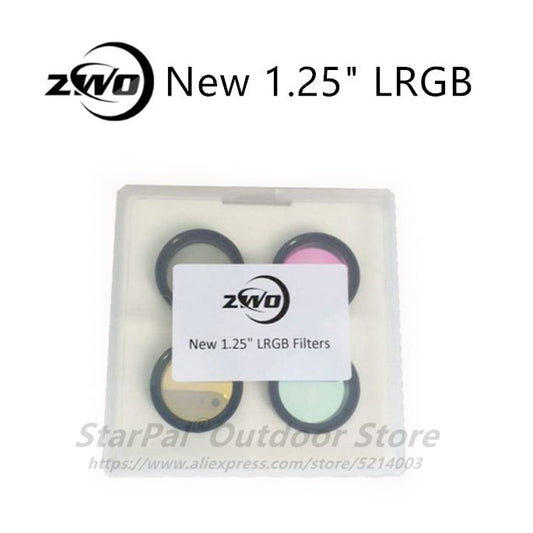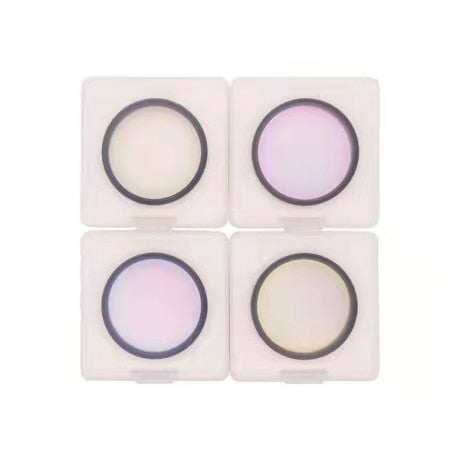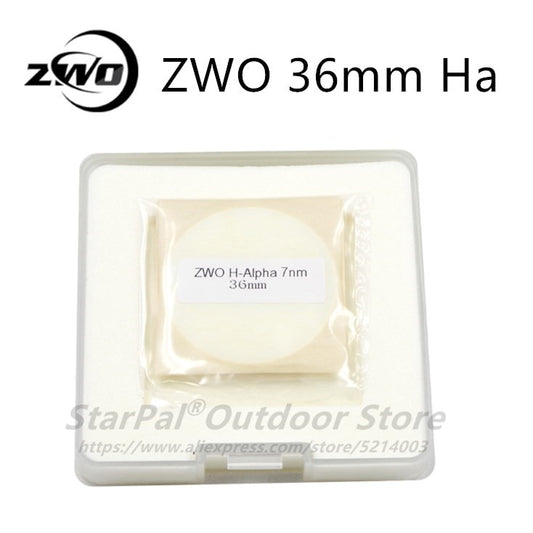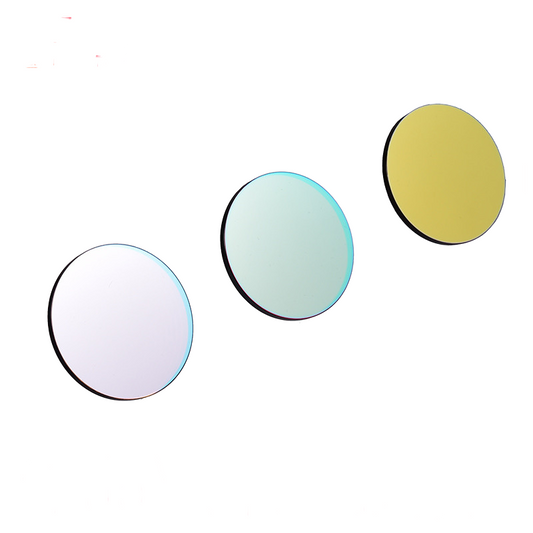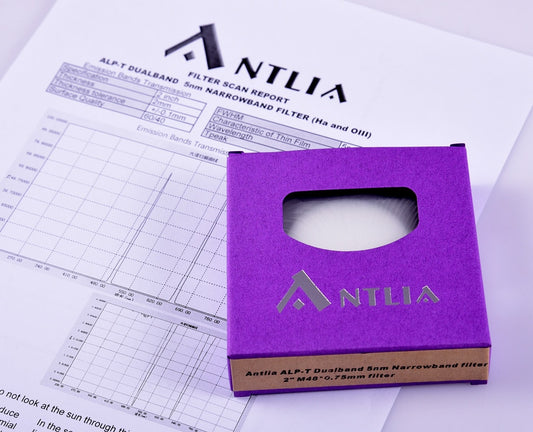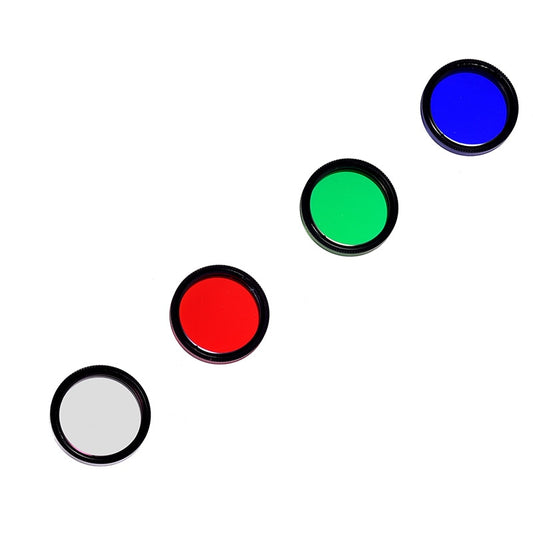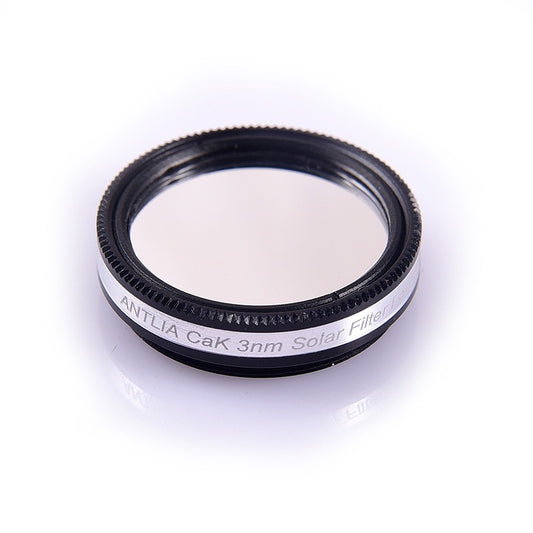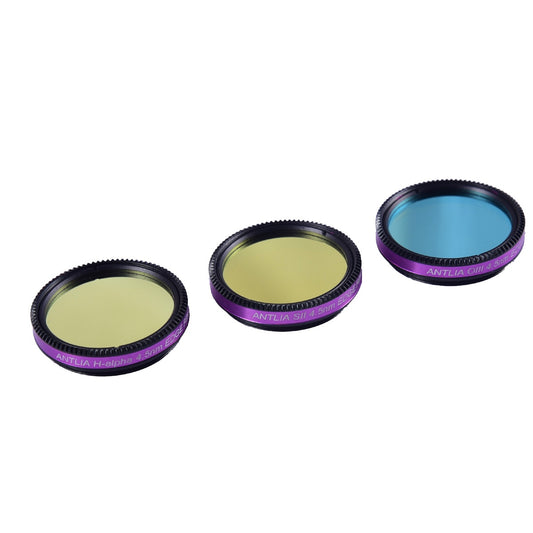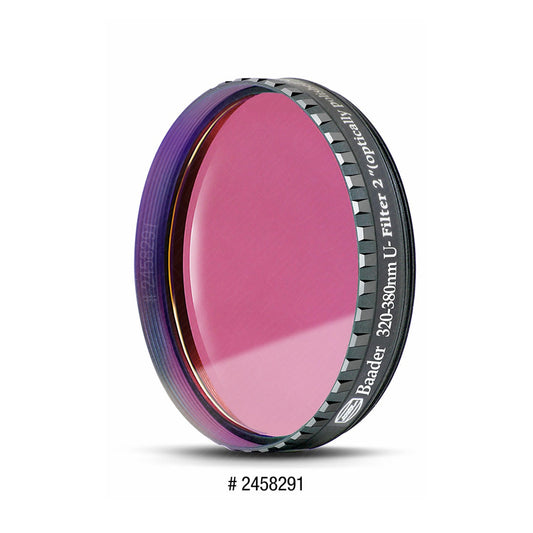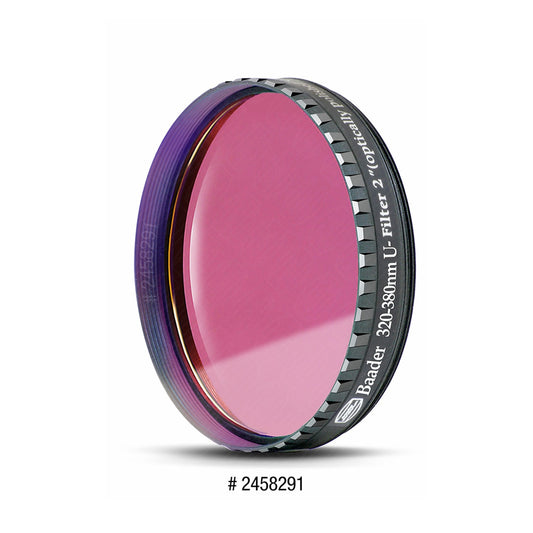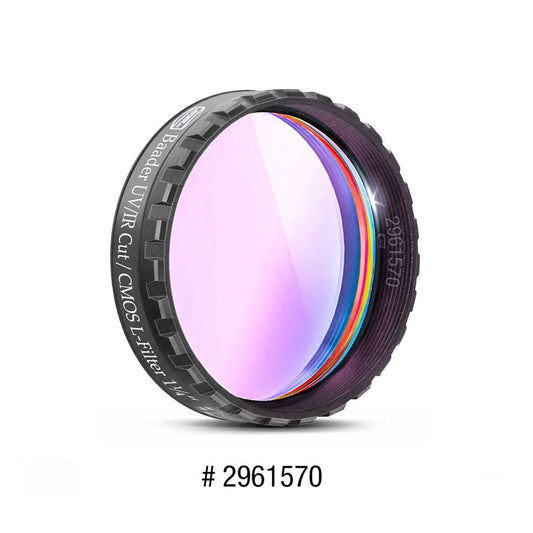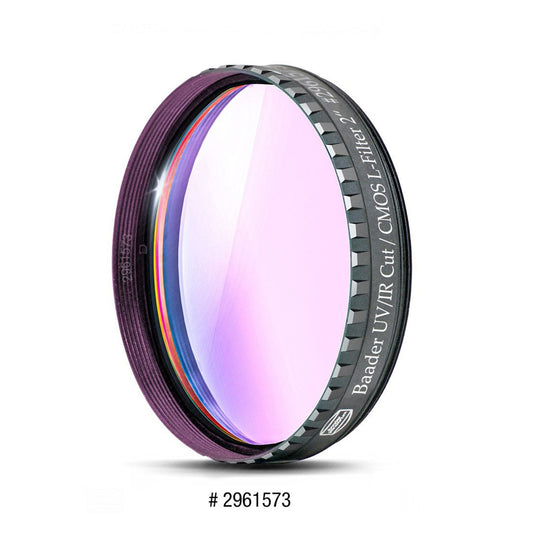Light Pollution Filter Astrophotography: Enhancing Your Images of the Night Sky
Astrophotography is an incredible hobby that allows you to capture the beauty of the universe. However, light pollution can make it difficult to capture clear and detailed images of the night sky. This is where light pollution filters come in. In this guide, we'll explore what light pollution filters are, how they work, and how they can enhance your astrophotography experience.
What are Light Pollution Filters?
Light pollution filters, also known as nebula filters or skyglow filters, are specialized optical filters that block out specific wavelengths of light. These filters help to reduce the effects of light pollution, which can make it difficult to capture clear and detailed images of the night sky. Light pollution filters are especially useful for astrophotographers who live in urban or suburban areas where light pollution is more prevalent.
How Do Light Pollution Filters Work?
Light pollution filters work by blocking out specific wavelengths of light. These filters are designed to selectively transmit certain wavelengths of light that are associated with celestial objects while blocking out the wavelengths associated with light pollution. This helps to reduce the amount of light pollution in your images, making it easier to capture clear and detailed images of the night sky.
Types of Light Pollution Filters
There are several types of light pollution filters available, each with its own strengths and weaknesses. Here are some of the most common types of light pollution filters:
Broadband Filters
Broadband filters are the most common type of light pollution filter. These filters are designed to block out specific wavelengths of light associated with light pollution, while still allowing a broad range of celestial wavelengths to pass through. This makes them a versatile choice for astrophotographers looking to capture a range of celestial objects.
Narrowband Filters
Narrowband filters are designed to block out a narrower range of wavelengths of light than broadband filters. These filters are ideal for astrophotographers looking to capture specific celestial objects, such as nebulae, while minimizing the effects of light pollution.
Oxygen III (OIII) Filters
Oxygen III filters are designed to block out all wavelengths of light except for the double-ionized oxygen wavelength. These filters are ideal for capturing the blue-green emission nebulae that are often found in the night sky.
Hydrogen-Alpha (H-Alpha) Filters
Hydrogen-Alpha filters are designed to block out all wavelengths of light except for the hydrogen-alpha wavelength. These filters are ideal for capturing the red emission nebulae that are often found in the night sky.
Choosing the Right Light Pollution Filter
Choosing the right light pollution filter depends on several factors, including the level of light pollution in your area, the type of celestial object you're photographing, and the quality of your equipment. It's essential to choose the right filter for your specific needs to ensure that you capture clear and detailed images of the night sky.
Conclusion
Light pollution can make it difficult to capture clear and detailed images of the night sky. However, using a light pollution filter can help to reduce the effects of light pollution and enhance your astrophotography experience. There are several types of light pollution filters available, each with its own strengths and weaknesses. By choosing the right filter for your specific needs, you can capture stunning images of the night sky and share the beauty of the universe with others.
More Light Pollution and Filters Topics:
- What Filters do I need for Astrophotography
- Top 10 Best Filters for Astrophotography
- Hydrogen Alpha Filter
- Optolong l-Pro vs l-Enhance vs l-Extreme
- Planetary Filters
- Solar Telescope Filters
- Best Filter for Galaxies
- ND Filter for Astrophotography
- Light Pollution Filters for Telescope
- Light Pollution Filter for DSLR
- Astrophotography Filter Drawer
- What Filter to use for Astrophotography
- How to put a Filter on a Telescope
- Best Light Pollution Filter for DSLR Astrophotography
- How does Light Pollution affect the visibility of Stars
- Light Pollution Definition
- Do Light Pollution Filters work







